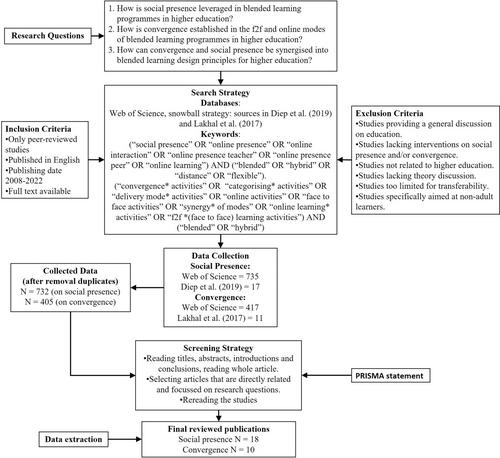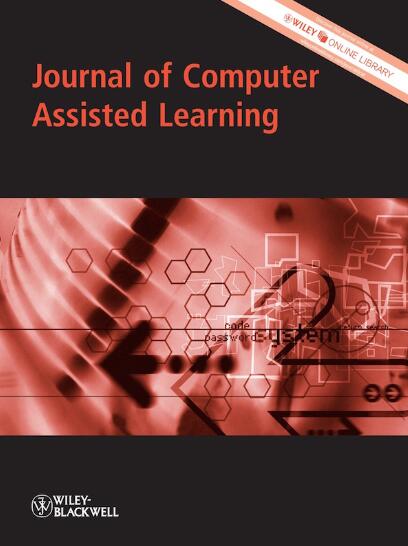Fostering online interaction in blended learning through social presence and convergence: A systematic literature review
Abstract
Background
Online interaction in blended learning is leveraged through social presence and convergence. However, little systematic work currently exists on how researchers have explored these challenges in higher education institutions and no studies have synthesised these challenges.
Objectives
The purpose of this study is to give a novel overview of social presence and convergence to improve online interaction in blended learning in higher education. The findings will be synthesised into blended learning design principles.
Method
Two systematic literature reviews, one on each challenge, were carried out through the Web of Science databases and consulting cited sources in review articles. Accordingly, 28 distinct studies were selected through the guidelines of the PRISMA statement, using predefined selection criteria.
Results and Conclusions
The results show that social presence in blended learning is mostly evoked through course design, introductory f2f meetings, collaborative activities, prompt online feedback, the teacher's presence, and planned facilitation. To establish convergence, it is recommended to make basic theory available online through video clips, web-lectures, articles, followed by simple online assignments or self-study to increase understanding, thereby creating opportunities for deep learning during face-to-face through discussions and collaborative activities.
Implications
This paper adds to the theory on blended learning and instructional design in higher education, and further offers an elaborate set of design principles for educational practice. Future research on instructional design may investigate in particular how a target group or student factors, are affected by the blended learning environment in order to tailor designs for a specific target group.


 求助内容:
求助内容: 应助结果提醒方式:
应助结果提醒方式:


